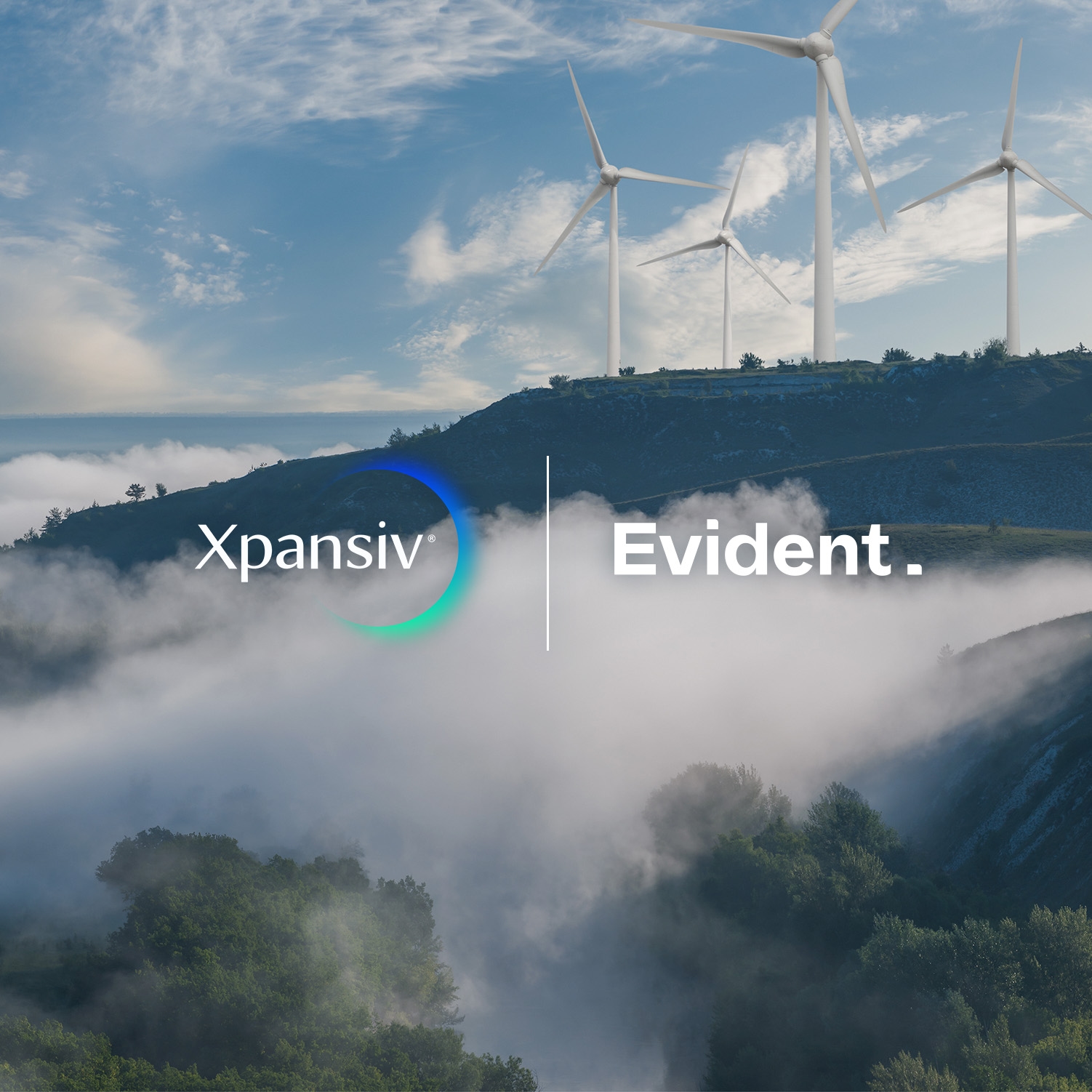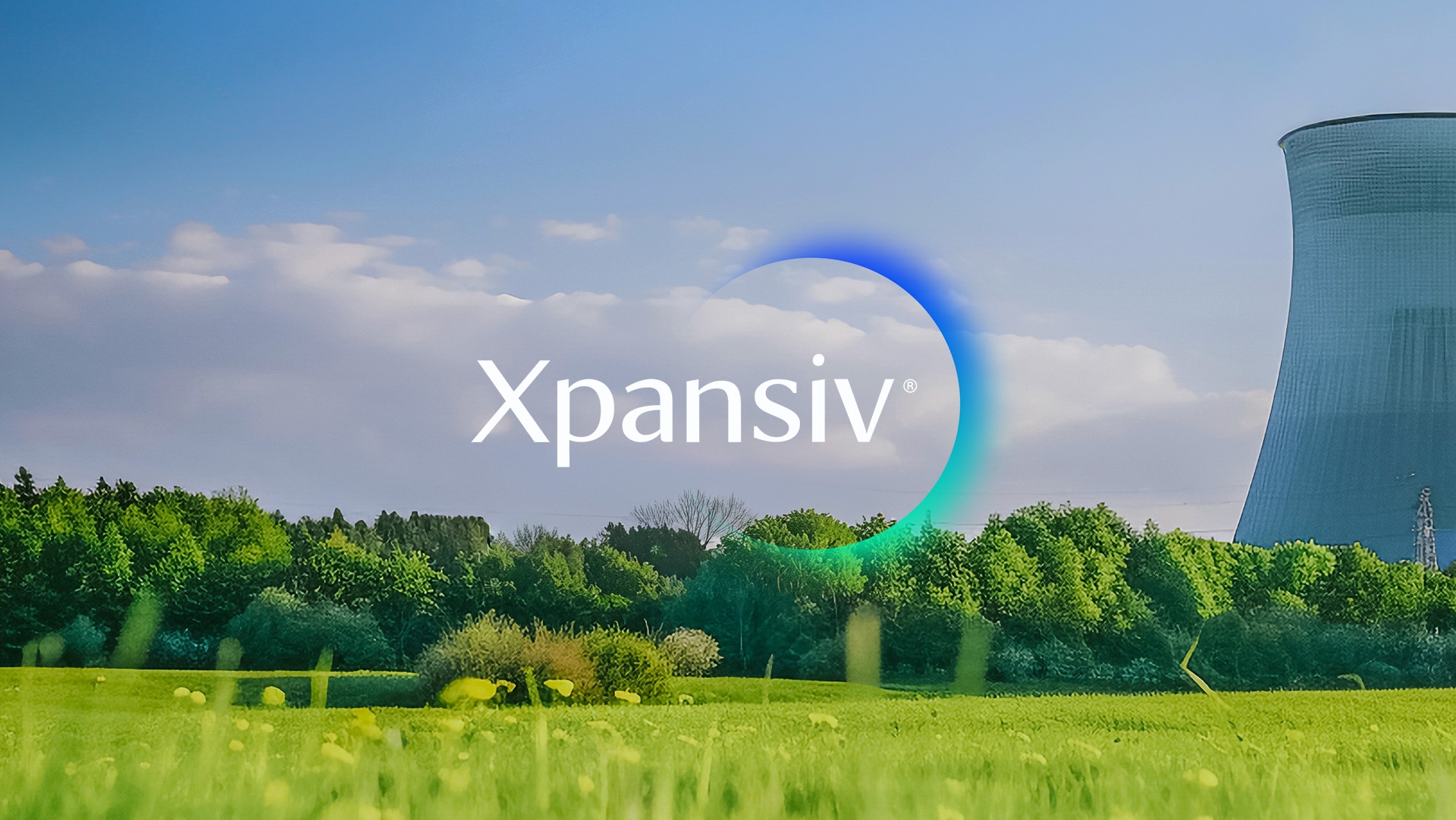

Featured announcement
Xpansiv Announces Acquisition of Evident
The acquisition creates a global clean energy registry leader combining Evident’s and Xpansiv’s renewable energy certificate (REC) registries with over 300 GW of capacity.

Announcements

Featured News, Xpansiv
Xpansiv Marks Milestones in Energy Transition Infrastructure Platform

CBL, Featured News
Nuclear-based EFECs Trade 675,000 MWh on Xpansiv CBL in First Week

Featured News, Xpansiv
Quidos Selects Xpansiv to Launch the First Global Digital Carbon Credit Registry for the Built Environment

EMA, Featured News
GreenBlue Integrates Recycled Materials Registry with Xpansiv Connect™ to Expand Global Reach

EMA, Featured News, Xpansiv
Xpansiv Announces Acquisition of Evident to Strengthen Global Renewable Energy Markets

CBL, Featured News, Xpansiv, XSignals
Constellation and Xpansiv to Launch Clean Energy-Based Certificate Trading

ACE, CBL, Featured News, JSE, Market
Xpansiv Connect-Gold Standard Registry Integration to Automate Trade Settlement and Streamline Portfolio Management of VER and CORSIA EEU Credits

ACE, CBL, Featured News, Xpansiv
Xpansiv Selected in the First Stage Screening for ‘Financial Innovation’ Category at Tokyo Financial Award

EMA, Featured News, Product Updates, Xpansiv
New York State Selects Xpansiv to Power Its Greenhouse Gas Emissions Reporting Platform
Press

Nuclear energy certificates gain momentum in the US as hourly tracking is debated

Xpansiv announces acquisition of Evident Group

Xpansiv acquires Evident to build global REC platform

Constellation is getting nuclear into the clean energy credits game

NH Investment & Securities signs MOU with Xpansiv to expand Korea carbon credit access

KRX Signs MOU with Xpansiv to Strengthen Carbon Market Business

Xpansiv CEO sees AI-driven power supercycle fueling global growth in REC markets

Interview: Xpansiv CEO John Melby About the Technology Behind Environmental Credits Trading

5 Reasons Companies Are Adding Renewable Energy Credits to Their Net-Zero Emissions Programs


